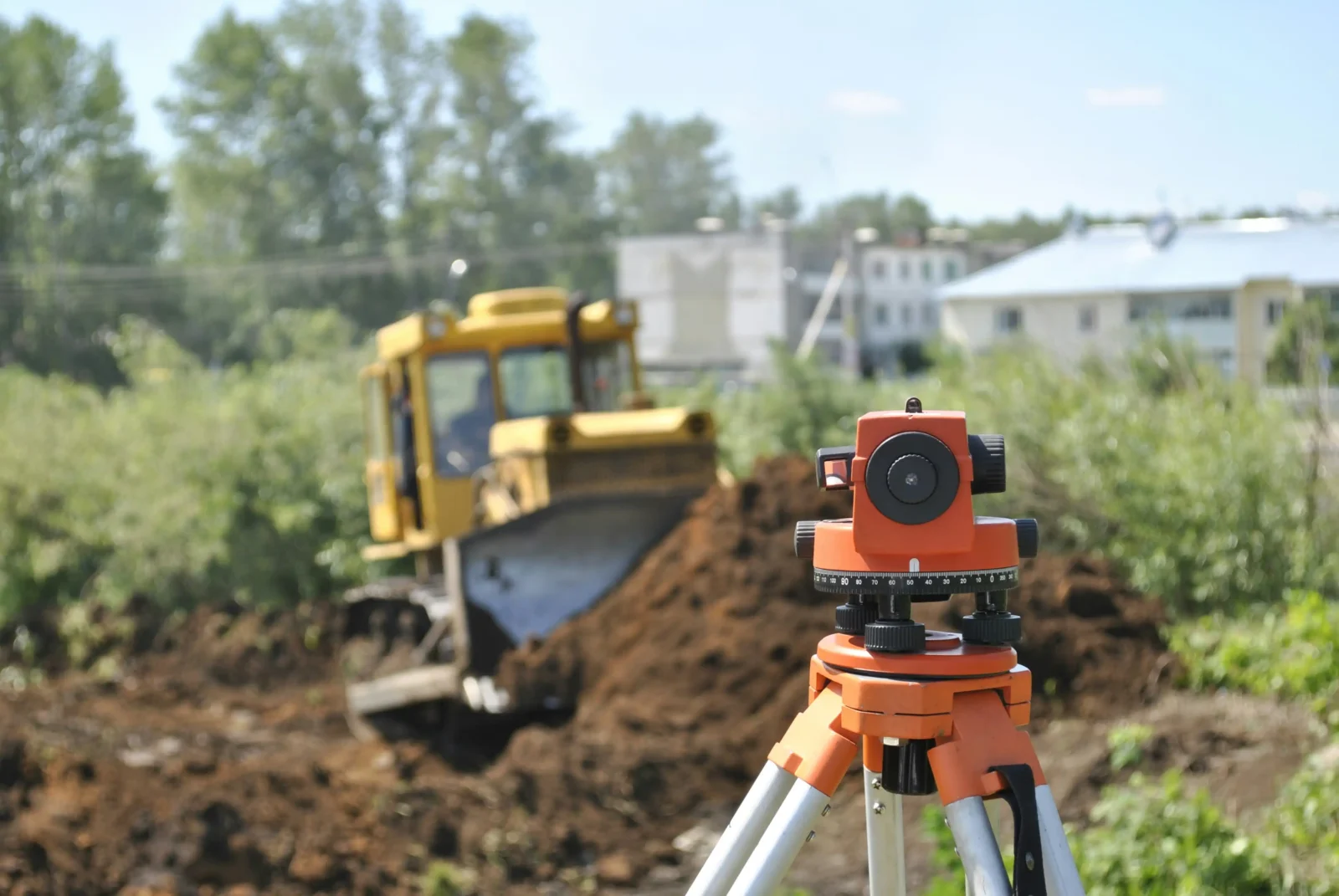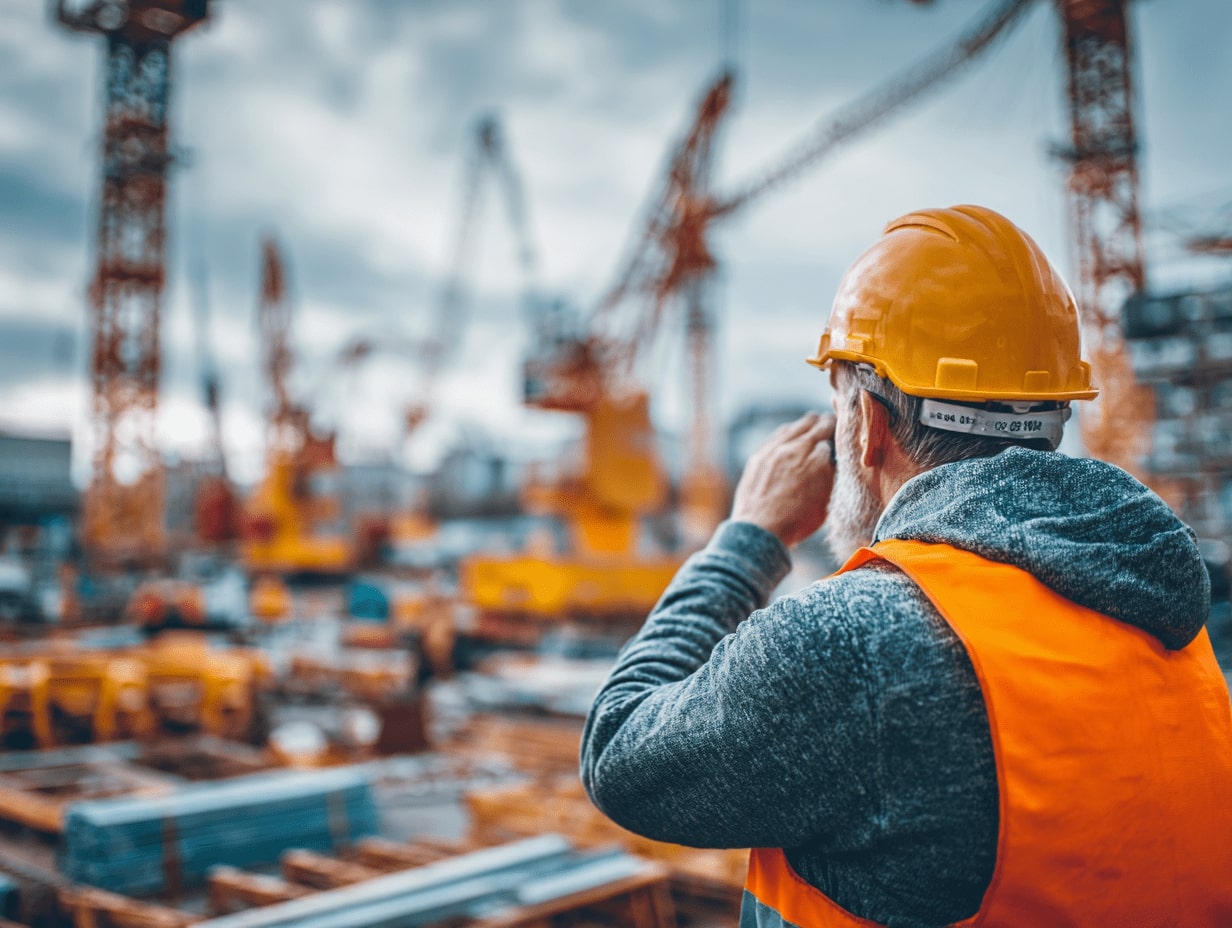- Home
- Articles
- Architectural Portfolio
- Architectral Presentation
- Inspirational Stories
- Architecture News
- Visualization
- BIM Industry
- Facade Design
- Parametric Design
- Career
- Landscape Architecture
- Construction
- Artificial Intelligence
- Sketching
- Design Softwares
- Diagrams
- Writing
- Architectural Tips
- Sustainability
- Courses
- Concept
- Technology
- History & Heritage
- Future of Architecture
- Guides & How-To
- Art & Culture
- Projects
- Interior Design
- Competitions
- Jobs
- Store
- Tools
- More
- Home
- Articles
- Architectural Portfolio
- Architectral Presentation
- Inspirational Stories
- Architecture News
- Visualization
- BIM Industry
- Facade Design
- Parametric Design
- Career
- Landscape Architecture
- Construction
- Artificial Intelligence
- Sketching
- Design Softwares
- Diagrams
- Writing
- Architectural Tips
- Sustainability
- Courses
- Concept
- Technology
- History & Heritage
- Future of Architecture
- Guides & How-To
- Art & Culture
- Projects
- Interior Design
- Competitions
- Jobs
- Store
- Tools
- More
Can Affordable Housing Be Achieved Through Modular Construction? A Comprehensive Guide
Discover how modular construction is revolutionizing the pursuit of affordable housing. This article explores the efficiency, cost savings, and sustainability benefits of using pre-fabricated modules, which can cut building times by 30-50% and reduce costs by 10-20%

As the demand for affordable housing continues to rise, innovative solutions are becoming essential. One approach gaining traction is modular construction, a method that promises faster build times and reduced costs. But can this technique truly deliver on the promise of affordable housing for everyone?
By utilizing pre-fabricated modules, we can streamline the construction process and cut down on waste. This not only makes housing more accessible but also addresses the pressing need for sustainable building practices. In this article, we’ll explore how modular construction can reshape the housing landscape and whether it can effectively bridge the gap between cost and quality.

Table of Contents
ToggleOverview of Modular Construction
Modular construction represents an innovative approach to building, characterized by the creation of pre-fabricated sections assembled on-site. This method offers a streamlined pathway toward achieving affordable housing solutions.

Definition of Modular Construction
Modular construction involves constructing buildings in sections, or “modules,” in a controlled factory environment. Each module is built to the same codes and standards as traditional buildings but benefits from the efficiency of factory production. Once completed, the modules are transported to the construction site and assembled, significantly reducing on-site construction times.
Advantages of Modular Construction
- Speed: Modular projects often complete 30-50% faster than conventional construction methods due to simultaneous site preparation and module fabrication.
- Cost-efficiency: Bulk purchasing of materials and reduced labor costs in factories lower overall expenses, making housing more affordable.
- Quality control: Factories use standardized processes, improving the quality and consistency of construction.
- Sustainability: Modular construction generates less waste and promotes eco-friendly materials, aligning with modern sustainable building practices.
- Flexibility: Modular designs allow for easy customization and scalability, adapting to various needs and site conditions.
These advantages highlight modular construction as a viable option for addressing the urgent demand for affordable housing solutions.
Economic Implications
Modular construction significantly influences the economy of affordable housing. Its cost structure and labor dynamics create opportunities for financial savings and efficiency.

Cost-Effectiveness of Modular Housing
Cost-effectiveness arises from various factors, including reduced building time and streamlined production processes. Modular projects can be completed 30-50% faster than traditional construction methods. By producing building components in a factory setting, we lower costs associated with weather-related delays and on-site inefficiencies. Additionally, bulk purchasing of materials cuts down expenses, which can be redirected toward making housing more affordable. According to studies, modular construction can save around 10-20% on overall costs compared to traditional building techniques. These savings can lead to lower rental prices, making housing more accessible to those in need.
Impact on Labor and Material Costs
Modular construction influences both labor and material costs significantly. Labor costs decrease due to the efficient assembly line methods used in factories. With standardized processes, fewer skilled workers are necessary on-site, leading to savings. Labor expenses can drop 20-30% based on efficiency and reduced work hours. In terms of materials, the pre-fabrication practices reduce waste by up to 90%, as precise cuts and optimal usage occur during production. This efficient use of materials not only lowers costs but also promotes sustainability in the construction industry. Overall, these factors create a favorable economic environment for developing affordable housing through modular construction.
Design and Flexibility
Modular construction offers remarkable design flexibility, enabling affordable housing to meet diverse needs. By utilizing modular building techniques, developers can create homes that are both customizable and sustainable.

Customization Options in Modular Homes
Customization in modular homes plays a crucial role in addressing individual preferences and community requirements. We can choose from various floor plans, sizes, and layouts, allowing us to optimize space effectively. This adaptability accommodates different lifestyles, enhancing living conditions for families or individuals. Additionally, modular homes can incorporate unique features—such as energy-efficient windows, smart technology, and eco-friendly materials—tailoring designs to specific needs. Pre-fabricated components allow for quick adaptations during construction, ensuring homes can evolve with changing demands.
Sustainability and Environmental Impact
Sustainability remains a core benefit of modular construction, contributing positively to the environment. We utilize eco-friendly materials and energy-efficient designs, leading to reduced environmental footprints. Modular homes generate considerably less waste—up to 90% less—because materials are precisely measured and crafted in factories. This approach allows for efficient recycling of excess materials. Additionally, modular construction often reduces energy consumption during the building process, translating to lower operational costs post-construction. Emphasizing sustainability and design flexibility, modular construction can significantly reduce the ecological impact of housing development.
Case Studies
Several case studies illustrate the effectiveness of modular construction in providing affordable housing. These examples highlight successful projects and valuable lessons learned from past initiatives.

Successful Examples of Modular Housing Projects
- Pacific Park, Brooklyn, NY
Pacific Park features a modular building that includes 350 affordable housing units. Constructed in a warehouse, the modules arrived on-site ready for assembly, significantly reducing construction time. The project exemplified how modular methods can expedite housing availability in high-demand urban areas.
- The Smile, Washington, D.C.
The Smile consists of 110 modular units designed for low-income families. Utilized eco-friendly materials, the project minimized environmental impact and provided residents with modern amenities. Its completion time was cut by 40% compared to conventional building methods.
- Maven, New York, NY
Maven showcases how modular construction accommodates luxury and affordable housing. The mixed-use development includes apartments and retail spaces, emphasizing adaptability in urban settings. Utilizing standardized designs ensured cost savings and quality control, leading to overall affordability.
- Modular Housing in Boise, ID
A city initiative in Boise utilized modular technology to create 75 tiny homes for the homeless population. The project demonstrated effectiveness in addressing urgent housing needs quickly and efficiently, resulting in a 60% reduction in the average construction time.
Lessons Learned from Failed Initiatives
- Incomplete Planning
In several projects, inadequate planning and site preparation resulted in construction delays. Ensuring proper logistical management and site readiness is vital to avoid slowdowns and additional costs.
- Regulatory Challenges
Projects often faced issues with local zoning laws and building codes, leading to complications in modular approvals. Understanding and aligning with regulations is crucial to streamline the permitting process.
- Quality Control Issues
Some initiatives experienced problems with module quality due to rushed assembly. Consistent quality checks throughout the manufacturing process are essential to maintain standards and prevent costly reworks.
- Market Misalignment
A few projects misjudged market demand, leading to unoccupied units. Conducting thorough market research before launching initiatives ensures that targeted demographics are accurately addressed.
By examining these case studies, we gain insights into the potential of modular construction as an effective approach to affordable housing while recognizing the challenges that may arise.
Challenges and Limitations
Despite the potential of modular construction in addressing affordable housing, several challenges and limitations exist. These hurdles can affect the overall effectiveness and acceptance of this innovative approach.

Regulatory Hurdles
Regulatory hurdles present significant obstacles for modular construction. Various building codes and zoning laws often lag behind new methods. Most jurisdictions require modifications to accommodate standardized modules, complicating the approval process. Compliance with local regulations can extend timelines, which diminishes the anticipated speed of modular builds. Additionally, differing state regulations can lead to inconsistencies. Understanding and navigating these complexities demands substantial time and resources, which can erode cost benefits.
Public Perception and Acceptance
Public perception and acceptance pose further challenges. Many individuals harbor misconceptions about the quality and durability of modular homes. Often, people equate modular construction with low quality, despite evidence of high-quality results from reputable manufacturers. Engaging communities and educating potential buyers about the benefits and successes of modular housing is essential. Trust-building through transparent communication can mitigate skepticism. Creating awareness around successful modular projects can also foster greater acceptance, allowing the housing industry to embrace this efficient construction method.
Conclusion
Modular construction presents a viable strategy for achieving affordable housing. It combines efficiency with sustainability, providing a pathway to address pressing housing shortages. The speed of construction, often 30-50% faster than traditional building methods, accelerates project timelines, enabling quicker occupancy. Cost-saving measures, like bulk material purchasing and reduced labor needs, can lower overall expenses by 10-20%, making housing more financially accessible.
We observe that the flexibility of modular design allows for various configurations to suit diverse living requirements. This adaptability not only enhances user experience but also addresses multiple demographic needs. Moreover, the sustainability aspect, involving eco-friendly materials and reduced waste generation, ensures that this housing solution remains environmentally conscious.
We’ve noted real-world applications of modular construction, such as notable projects in Brooklyn and Washington, D.C. These examples illustrate that modular methods can proactively tackle housing issues while maintaining budgetary constraints. While challenges like regulatory compliance and public perception persist, fostering community engagement and education can help overcome these obstacles.
Overall, the modular construction approach effectively balances cost and quality, positioning itself as an innovative solution in our quest for affordable housing.
- affordable home construction
- affordable housing solutions
- budget-friendly housing designs
- cheap modular homes
- cost-effective housing
- customizable modular homes
- energy-efficient modular homes
- fast build housing
- fast construction homes
- Green Building Practices
- housing market trends
- Innovative Building Techniques
- low-cost housing development
- modular construction benefits
- modular construction guide
- modular home builders
- prebuilt homes
- prefabricated housing options
- reducing housing costs
- sustainable modular homes
- urban housing solutions
Submit your architectural projects
Follow these steps for submission your project. Submission FormLatest Posts
Key Features to Look for When Investing in Construction AI Cameras
Continuous monitoring is crucial on construction sites for effective accident prevention. Artificial...
Why Legal Support Is Critical After a Serious Construction Accident
If you are dealing with a construction accident or have ever watched...
7 Common Myths Every Contractor Should Stop Believing
The construction landscape is a complicated place at the best of times,...
Automation in Construction: Why Human Safety Still Matters
Automation in construction can cut injuries, but new risks emerge. Learn practical...












Leave a comment